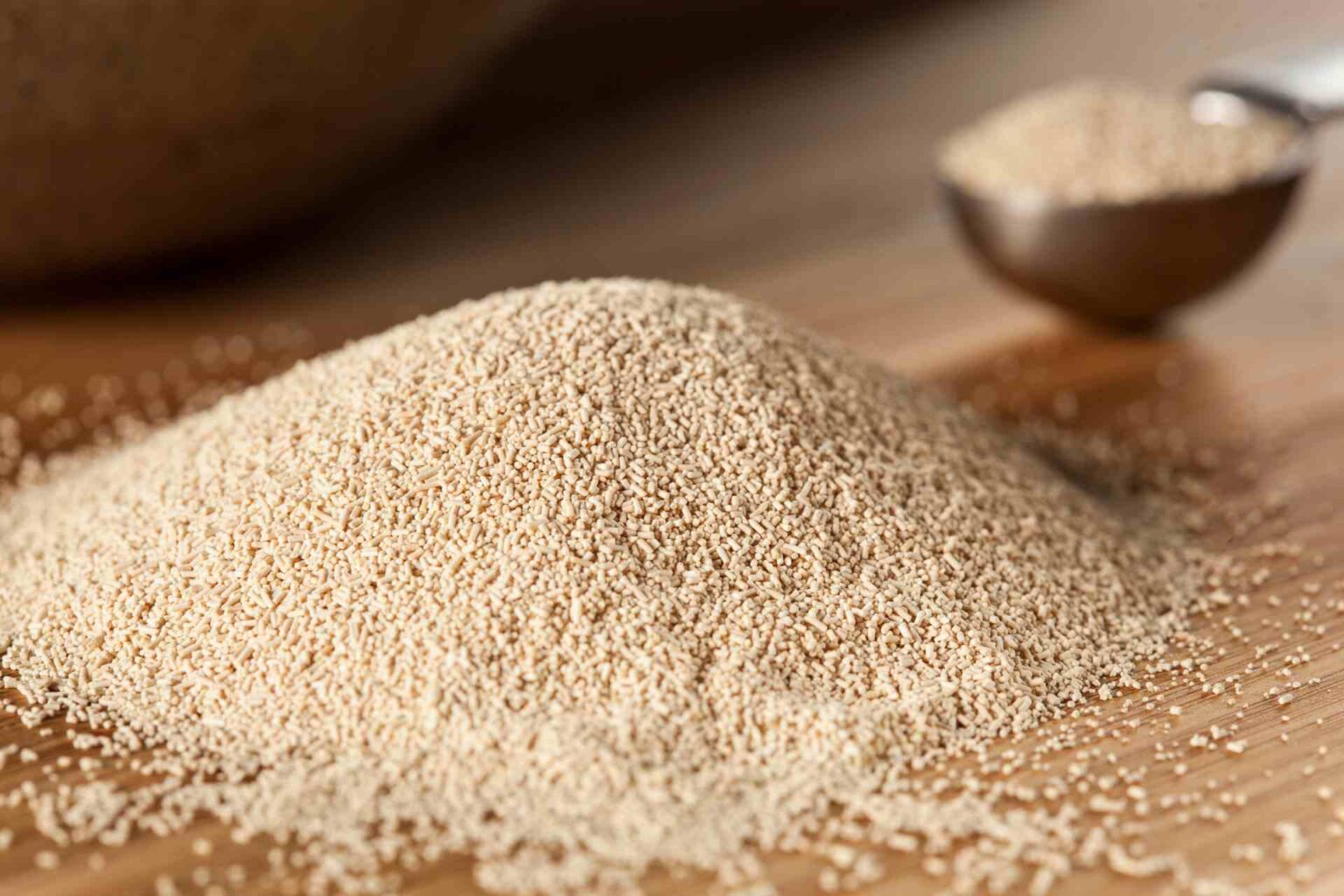To best manage osteoarthritis in dogs, researchers’ current focus on omega-3 fatty acid supplementation seems justified, supported in part by the results of a multicenter U.S. clinical trial published in the Journal of the American Veterinary Medical Association.
Although osteoarthritis commonly develops in older, overweight and large dogs, the disease can affect all ages, sizes and breeds, and is estimated to afflict up to20% of dogs aged > 1 year. It is generally a chronic progressive disease characterized by degeneration of articular cartilage, with loss of proteoglycans and collagen and periarticular proliferation of new bone, and variable inflammatory responses.
Prevention, slowing progression, and control of clinical signs of the disease are the goals of the various measures taken to manage this condition: adequate nutrition, body weight control, and controlled exercise flank nonsteroidal anti-inflammatory drugs and corticosteroids, therapies that are effective but have potential for serious adverse effects.
Recently, several studies have highlighted the benefits of omega-3 fatty acids in arthritis. According to the findings, dietary supplementation with fish oil increases concentrations of the omega-3 fatty acids EPA and DHA in inflammatory cells, which results in a corresponding decrease in concentrations of omega-6 fatty acids, particularly arachidonic acid (AA). Eicosanoids produced by omega-3 appear to be less potent in inducing inflammation than those produced by AA. In addition, omega-3 fatty acids can reduce serum concentrations and activities of proteoglycan-degrading enzymes, cyclooxygenase-2, and cytokine-sensitive inflammation induction.
On this basis, Kevin A. Hahn and colleagues hypothesized that Dietary supplementation with fish oil omega-3 fatty acids could significantly improve the osteoarthritic condition of dogs and, to confirm this hypothesis, they initiated a controlled, randomized, double-blind clinical trial comparing the effects on serum fatty acid concentrations and osteoarthritis severity of a food enriched with omega-3 fish oil and a control food.
Nutrition rich in omega-3: the study in dogs with OA
The recruited dogs (n=127) were all owned and belonged to 18 different private veterinary hospitals in the United States. To be eligible for inclusion they had to have osteoarthritis in one or more joints diagnosed on the basis of medical history, clinical signs and radiographic evidence; they had to be at least 1 year old, weigh at least 11.4 kg, have a Body Condition Score (BCS) > 1 (1 = very thin; 2 = underweight; 3 = ideal; 4 = overweight and 5 = obese), consume dry dog food and be free of systemic diseases. The sample included many different breeds, including 35 half-breeds.
Dogs were randomly assigned to be fed for 6 months either a typical commercial adult dog food (control food) or a food that, compared with the control food, provided 31 times more omega-3 fatty acids, with a 34-fold decrease in the omega-6/omega-3 ratio (test food).
Dual evaluations: by researchers and owners
This investigation included clinical signs assessed by the investigator and signs assessed by the owner since the results of previous studies on chronic pain in dogs suggested that a combination of the two is more sensitive than the investigator’s assessment alone.
Owners completed a questionnaire at the beginning of the study about their dog’s arthritic condition and, at weeks 6, 12, and 24, rated the change in osteoarthritis severity from the previous visit to the current visit (1 = better; 2 = about the same; 3 = worse) for the following clinical signs: difficulty getting up from rest, limping, stiffness, soreness to touch, yelping or whimpering in pain, aggressiveness, delay in walking, reluctance to walk, run, jump, climb stairs, play, and activity level.
The researchers performed a physical examination and collected samples for CBC and serum biochemical analysis (including measurement of fatty acid concentration) at the beginning of the study and at 6, 12 and 24 weeks. Clinical assessments were conducted at weeks 0 (baseline), 6, 12 and 24 using a specific scoring system. The same veterinarian performed all evaluations for a given dog.
Serum fatty acid concentrations were analyzed by gas chromatography.
Here are the results published in the Journal of the American Veterinary Medical Association.
- Baseline values (week 0) did not differ significantly between the control group and the food supplemented group with respect to: score for nutritional status, site of arthritis, use of concomitant therapies, sex, or reproductive status;
- In addition, there were no significant differences between the two groups in the clinical signs assessed by the investigator;
- at the end of the study (week 24), body weight and BCS scores were not significantly different between groups or compared with values at the beginning of the study (p = 0.05 and p = 0.83 respectively);
- dogs fed test food had significantly (p<0.001) higher concentrations of total omega-3 fatty acids, including EPA and DHA, and significantly (p<0.001) lower concentrations of AA at weeks 6, 12 and 24 compared with control dogs;
- the largest magnitude of change from baseline was a 15-fold increase in mean EPA concentration for dogs fed the test food;
- no significant difference in serum fatty acid concentrations between the test and control groups at the beginning of the study;
- no significant change in serum fatty acid concentrations for dogs fed the control food during the study.
Changes in the signs of osteoarthritis
- According to the owners, between weeks 0 and 6, dogs fed the test food had significant improvements in their ability to get up from a resting position (p = 0.033) and play (p = 0.011), compared with dogs fed the control food.
- In addition, owners reported that between weeks 6 and 12 and weeks 12 and 24, dogs fed the test food had a significant improvement (p=0.024 and p=0.003, respectively) in walking ability.
- In contrast, dogs fed the control food showed no improvement in signs assessed by their veterinarian, compared with dogs fed the test food.
- Finally, there were no significant differences in the investigator’s assessments of clinical signs of osteoarthritis in any of the assessment scores.
Because a reduction in body weight alone can improve lameness in dogs with osteoarthritis, the authors investigated the impact of weight loss and weight gain on clinical signs of the disease as assessed by the owner and the investigator. However, there were no significant differences between dogs losing or gaining weight for any of the measurements.
Encouraging results to be confirmed with further studies
Although there were no significant differences between the groups in the clinical signs assessed by the investigator, owners of dogs fed the supplemented food have reported some improvements, namely: the ability to get up from rest and play at week 6 and the ability to walk at weeks 12 and 24. The fact that there were few significant changes could be attributable to the low sensitivity of the 3-point scale used for ratings by owners.
A further potential limitation to the interpretation of the results is that the food under investigation also contained glucosamine and chondroitin sulfate, which may themselves be useful in the treatment of osteoarthritis, although recent systematic reviews of the literature have revealed that there is a lack of clinical evidence to support an ameliorative effect of these components in the treatment of osteoarthritis in both dogs and humans.
Therefore, the authors conclude that although the results suggested an ameliorative effect of omega-3 fatty acid supplementation in dogs with osteoarthritis more detailed studies involving objective measures and, perhaps, more refined scales or composite scores are needed .
Reference
Hahn KA, Roush JK, Dodd CE et al. Multicenter veterinary practice assessment of the effects of omega-3 fatty acids on osteoarthritis in dogs. J Am Vet Med Assoc 2010; 236: 59-66[https://doi.org/10.2460/javma.236.1.59]












